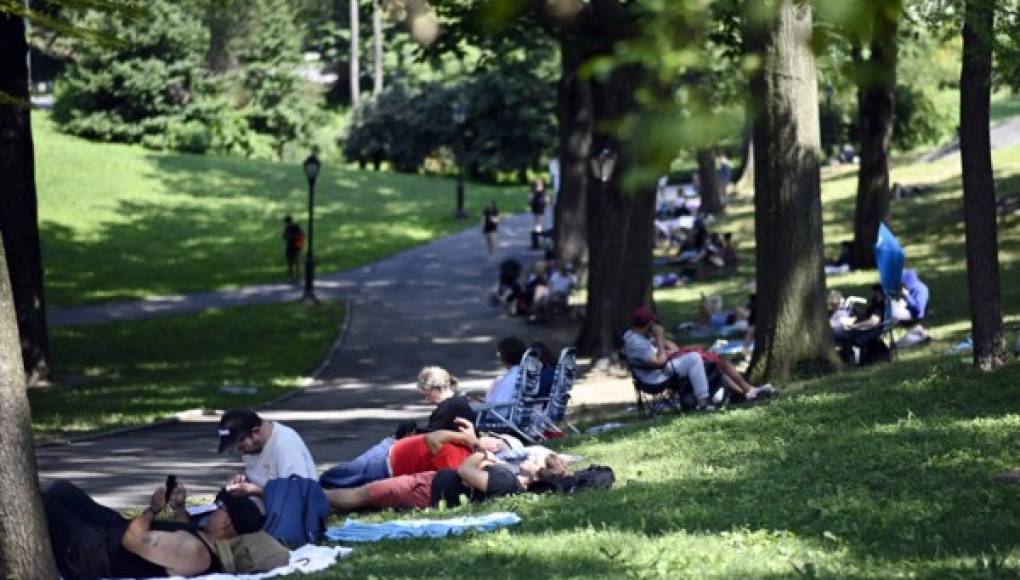Tobacco consumption went from 28% in 2000 to 16.3% in 2020 in America and 96% of the population is protected by at least one anti-tobacco measure, but electronic cigarettes are a threat, according to the Pan American Organization for Health (PAHO).
According to the PAHO Report on Tobacco Control for the Region of the Americas 2022, presented this Monday in Brazil, tobacco consumption fell to 16.3% in 20 years and is expected to be 14.9% by 2025 , with which the region would meet the goal of reducing it by 30% set by the World Health Organization (WHO) for that date.
Chile is the country where adults consume the most tobacco (29.2%), followed by Argentina, the United States, Uruguay and Cuba. Panama, the least (5.0%).
In general terms, the proportion is 21.3% men and 11.3% women, “which reaffirms the need for the Americas to strengthen the gender aspect” in control strategies, the report concludes.
Among young people, Dominica registers the highest percentage of consumption, followed by Argentina, Mexico, Haiti and Guatemala. Teenagers in Canada, the United States and Brazil smoke the least.
Twenty-six of the 35 countries in the region apply to the maximum at least one of the six tobacco control measures recommended by the WHO since 2008.
This means that 900 million people, or “96% of the region’s population is protected against the harm of tobacco”, that is, 50% more than in 2007, says PAHO.
“Tobacco causes almost a million deaths annually in the region and is the only legal consumer product that kills up to half of those who consume it,” says Anselm Hennis, director of the department of noncommunicable diseases and mental health. PAHO, cited in a statement.
“Faced with this enormous threat, the response must be equally aggressive,” he adds.
But progress has not been homogeneous and, according to PAHO, “nine countries have not yet adopted any measures” (Cuba, Nicaragua, Dominican Republic, Saint Kitts and Nevis, Saint Vincent and the Grenadines, Dominica, Grenada, Haiti and Belize). .
According to the report, in 2021 in the region, 24 countries implement measures to protect against exposure to secondhand tobacco smoke, 22 strongly highlight the dangers of smoking in cigarette packages, ten have surveillance systems with recent data, six provide comprehensive help to quit smoking and nine totally ban advertising about this substance.
But only three (Argentina, Brazil and Chile) apply indirect taxes to cigarettes that represent 75% or more of their sale price.
South America became the first subregion without tobacco smoke in America, that is, where smoking is prohibited in closed public and work places and on public transport.
Tobacco use is the main risk factor for chronic cardiovascular and respiratory diseases, diabetes and cancer.
“All forms of tobacco are harmful and there is no safe level of exposure,” warns PAHO.
The report warns that new products, such as e-cigarettes, “are becoming more widely available and accessible, posing a threat to tobacco control.”
In addition, “the tobacco industry uses misleading claims to win over consumers and new markets,” he adds.
PAHO recommends that governments intervene to “prevent non-smokers from starting to use these products, prevent tobacco use from becoming normalized in society, and protect future generations.”
Globally, tobacco causes more than eight million deaths a year, of which about 1.2 million are in people who are not smokers but have been exposed to tobacco smoke.
YS



